

Painting on fabric is something that humans have practiced since early civilizations. Technological advancements have contributed to the evolution of this industry. Currently, there are numerous techniques Trusted Source Adventures in a material world | Art | The Guardian In Alison Watt’s monumental canvases, simple folds of cloth magnified assume an irresistible life force www.theguardian.com that one can use to paint on textile. The project you are working on dictates the ideal method to use. Many other factors will come into play before you settle on a technique and fabric. If you are a beginner working on such a DIY project, you can easily get help on the wide web by searching for authoritative sources with the necessary info on how to paint on fabric.
One of the best techniques that favor beginners from all walks of life is permanent markers. According to reviews, the Crafts 4 All Fabrics Marker Pens are among the top-tier products that you will come across. This set has twelve colors, and the dual tips on the markers make application a breeze.
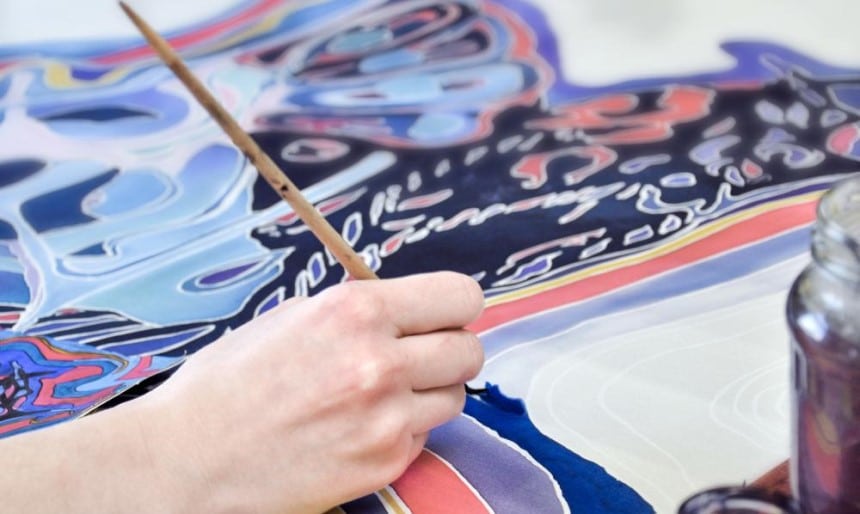
Fabric painting involves the use of tools and supplies. The gear you need varies from one project to the next as dictated by certain factors. Planning will help you assemble the correct tools for the task at hand. Some of the things that you will require for any project include.
Paint – you cannot handle a painting project without color. This is one thing you have to review with caution to ensure that you get the best quality available in stores. Fabric paint comes in different varieties availing multiple options for you.
Opaque and transparent are the two fabric paint alternatives. The choice between these two depends on the skills and tools you have.
Applicator – you will need a tool to help with applying the fabric paint onto the surface. One of the common options is using markers. Fabric markers permanent paint is one of the popular variations in both virtual and land-based stores. Reviews from previous users indicate that this is one of the finest sets you can acquire for different projects. The other applicators that you will find include but are not limited to brushes, stencils, sponges, and airbrushes. Your skillset will guide you on the suitable applicator to help you get through the project. Brushes are the hardest to use, but novice fabric painters can utilize the other options. Review all the varieties available and settle for one to works for you.
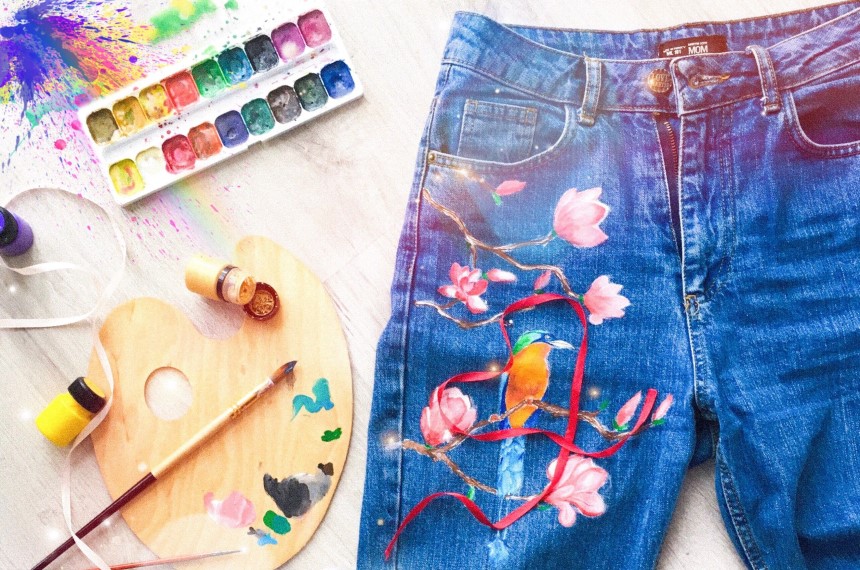
Customizing existing designs is one of the easiest ways to get an idea of where to begin. Simple household items can be used in the process to make it easy to handle and custom-make. Getting help from experts and other sources will help develop a style or improve on an existing one. The solutions you pick for fabric painting should be practical, cost-friendly, and meet the standards of the project you are undertaking. The best fabric markers will help you create intricate designs that stand out and attract the target populace.
Ensure that you have suitable painting designs before you embark on any project to minimize the risk of creating products that will not fit with the deliverables of the project.
When painting on fabric, you have many methods to fall back on. The one you choose should be appropriate for the material you are working with. The supplies you have determine how to proceed with the project at hand. If you are a beginner, it is best to familiarize yourself with different techniques and pick what you can handle without exerting pressure on yourself. Instructions are available on the wide web on how to monogram shirts alongside other straightforward ways to paint on fabric. Below we discuss some of the common ways that people rely on to paint on fabric.
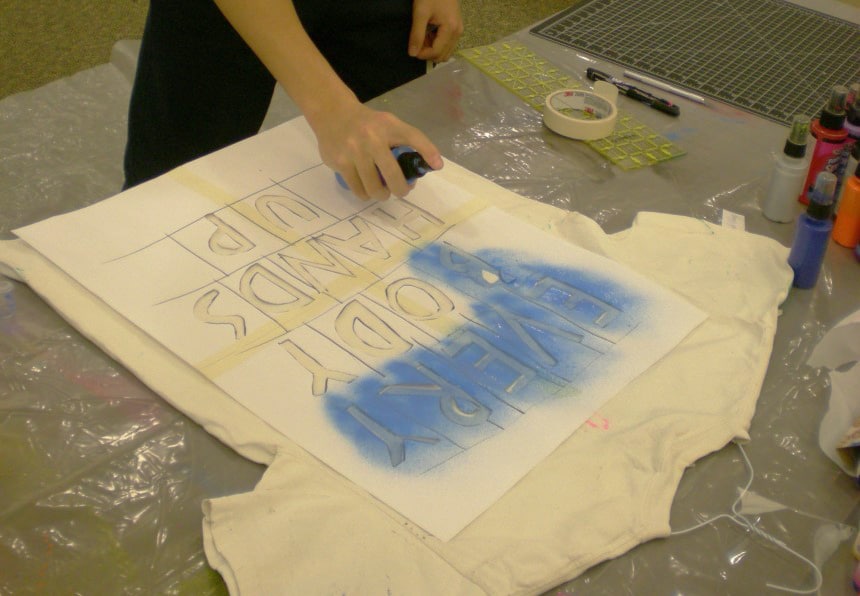
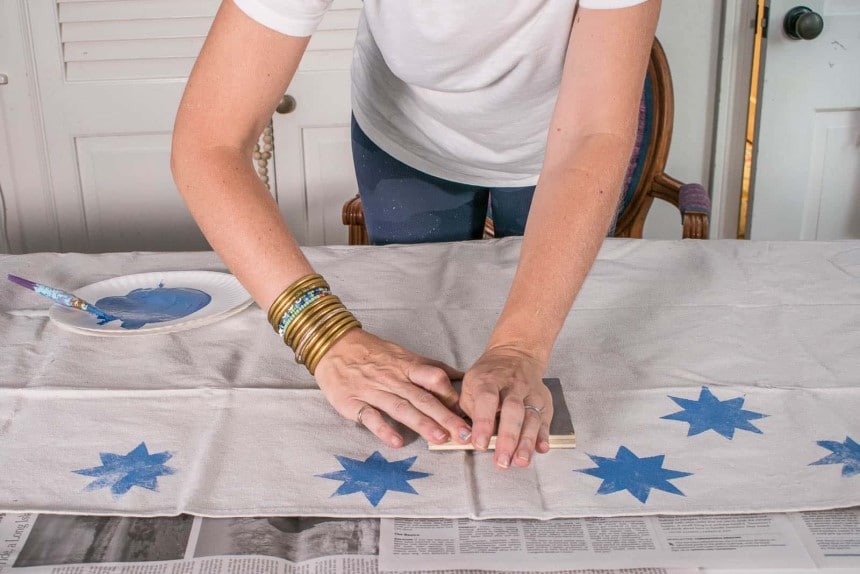
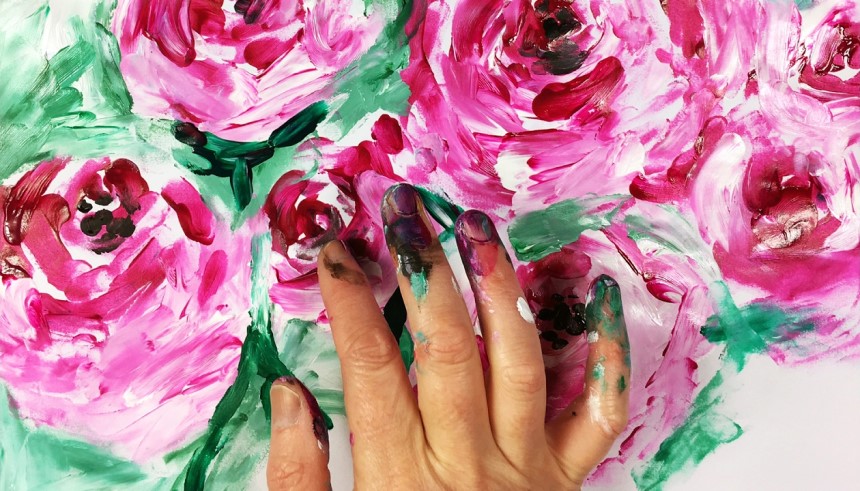
You can work on simple patterns for a start, then gradually try out the complex layouts as you understand the craft. You use your fingers to paint, but you may need other tools to ensure that your work is clean.

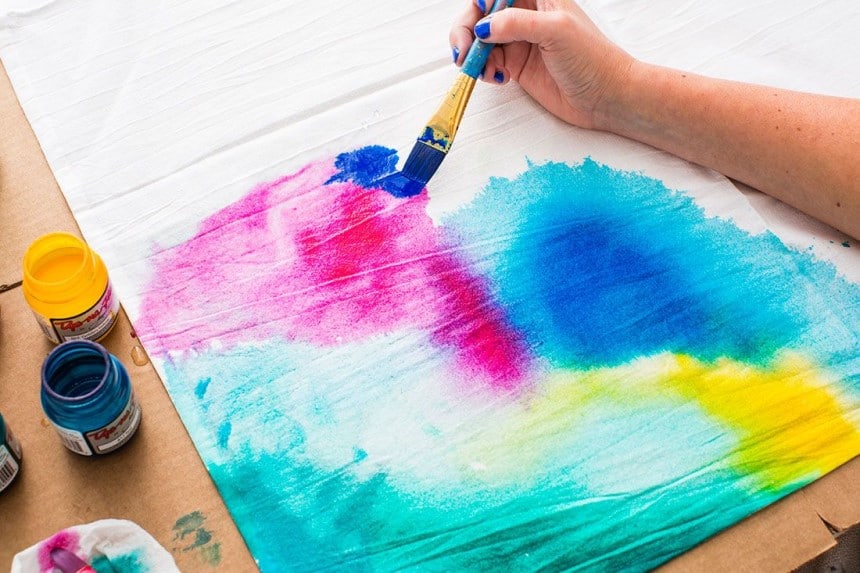
Follow the manufacturer’s guidelines on how to mix the color with water to get the best results.

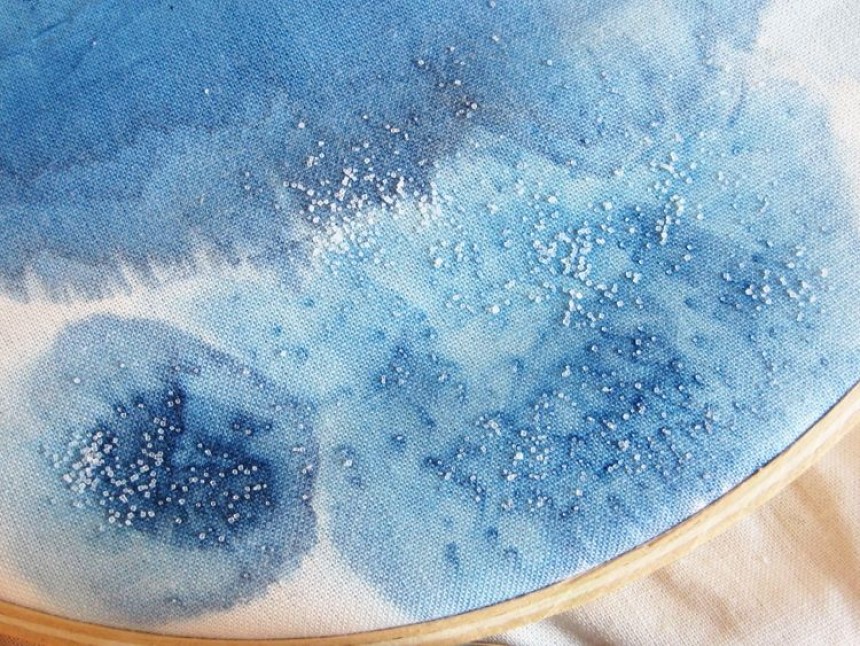
Batik is a Javanese method that has been in use for many years in different parts of the world. This technique involves the use of wax resist and paint on fabric. You apply the wax to the material to create an impenetrable layer to protect parts of the fabric. The waxed areas retain the original color of the fabric while the others get the one you apply. You can keep repeating this process until the colors you want to include part of the fabric. Use cardboard pieces between the garment or cloth to prevent the dye you apply from bleeding to the other side, distorting your patterns. The quality of the wax you use is a vital factor that you cannot overlook, as this dictates the overall outcome of batik painting.
Painting on fabric requires one to have the necessary expertise to make the venture a success. However, this does not mean that beginners cannot use the various techniques available in the contemporary world. You can explore the numerous alternatives present if you have the necessary skills in using a particular method in fabric painting. Evaluate your needs and the talent available in your human resource to determine the best designs to go for and the tools to buy.
Choose products from reputable manufacturers to guarantee the quality of your work. Whether you are buying fabric glue or any small supply, ensure that it is from the best in the market. Some producers in this industry include instructions on how to paint on fabric in the package you receive.